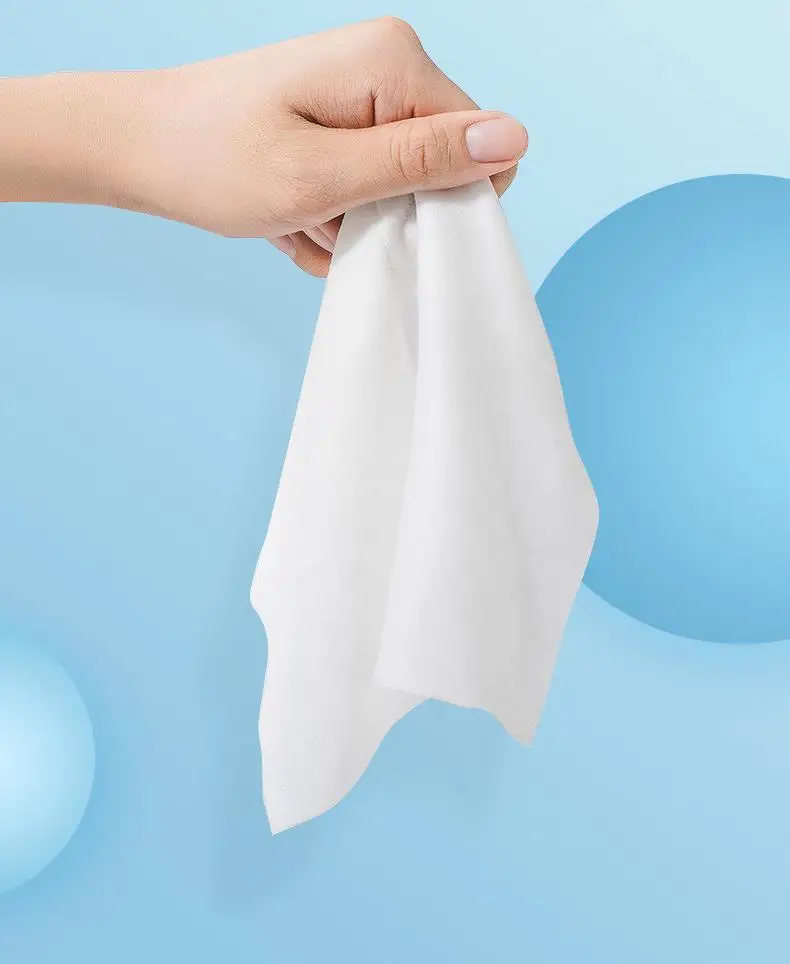
Spunlace nonwoven cloth , also referred to as a non-woven fabric in the fabric business, is not woven and doesn't follow the conventional procedure. Instead, it includes a cloth-like material made from directional or messy fiber net without traditional weaving methods or methods. It uses the water and also friction between fibers or its glue force or the external glue's tenacious strength, or 2 forces.
The above details unite threads, i.e., by friction reinforcement, strengthening and hold, or a process of bonding a fiber-reinforced attribute obtained.
It has the benefits of a simple product procedure, high production contact efficacy, comprehensive sources of fiber raw materials, multiple products, unique properties, broad applications, and important financial interest. Nonwoven products have been applied to many areas, like the medical field, agricultural security, decorative cleaning, hygiene wipes, household cleaning (e.g., wet wipes), decoration and decoration, automotive interiors, clothing fabrics, geotechnical construction materials, national defense aviation, and other areas.
The creation and processing of nonwoven fabrics mainly include On here two components: First part is your network formation and the fixed network procedure. The next part is the finishing and finishing process of nonwoven fabrics.
According to the internet nonwoven spunlace forming technology can be divided into three categories:
(1) dry method (2) wet procedure, On here and (3) plastic direct procedure.
The fixed net technology can be divided into a needle punching method, spunlace method, stitching method, thermal bonding method, chemical bonding method, etc..
In the last several decades, in China, lively growth use of petrochemical, polymer, polyester, cotton, viscose materials; swift expansion of the chemical fiber industry; and the adhesive industry contributed to the speedy development of non-manufacturing technology. On the other hand, the nonwoven manufacturing material sector's rapid growth also caused some pollution to the environment, mainly driven by many adhesives and polymer materials.
Green and environmentally friendly adhesives and composite materials have become the key to boosting the evolution of nonwovens. From the nonwoven cloth manufacturing process, the adhesive application is the primary finishing process, which affects the nonwoven fabric's chemical and physical properties.
The way to generate a powerful blend of internet and sticking chemistry?
For exceptional nonwovens, we have to first comprehend the adhesion hypothesis of the adhesive. Only by understanding the adhesion hypothesis can a bond with excellent performance be developed, and nonwovens can be promoted.